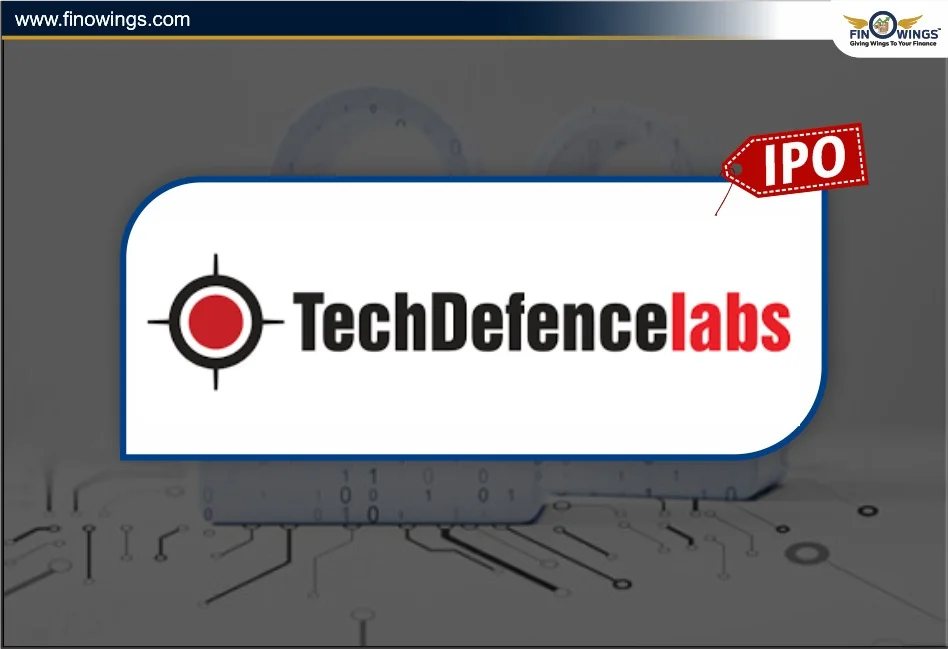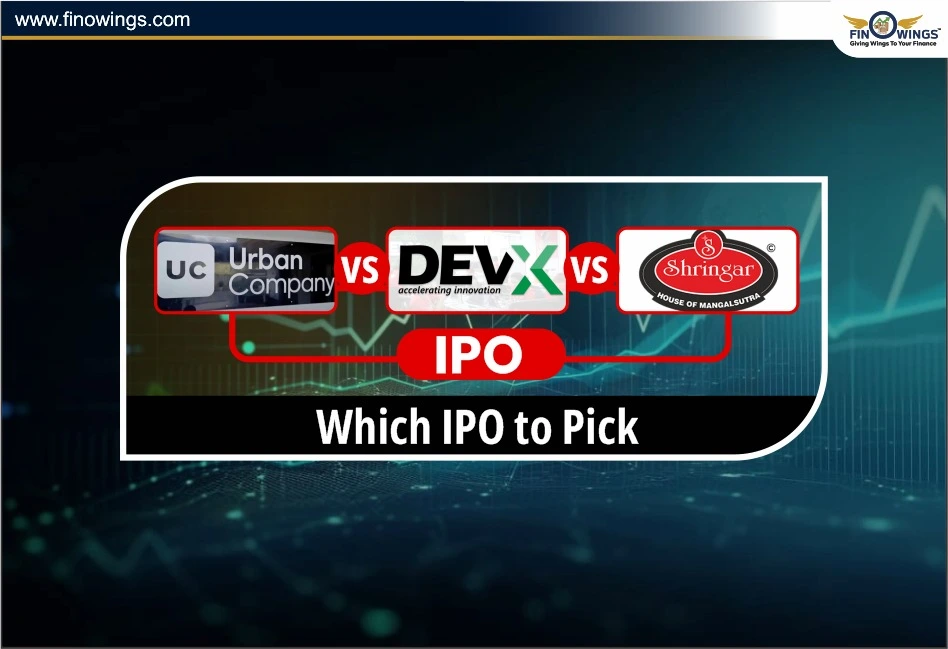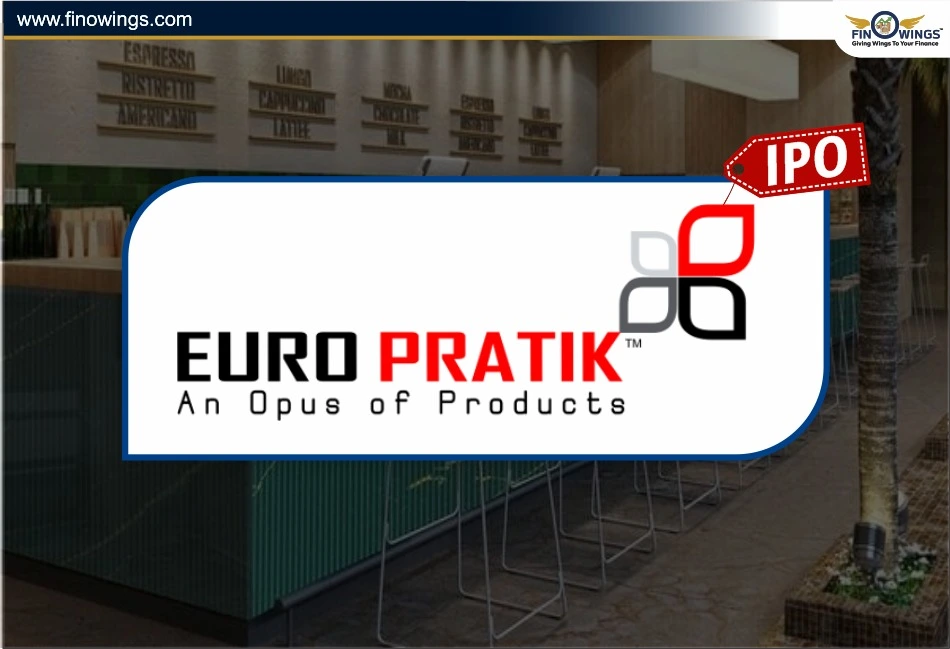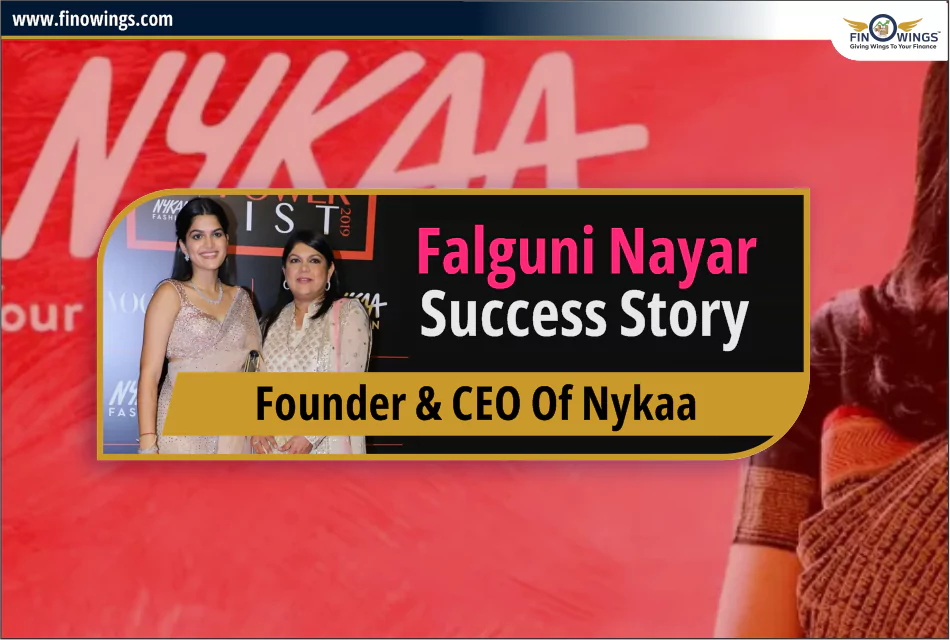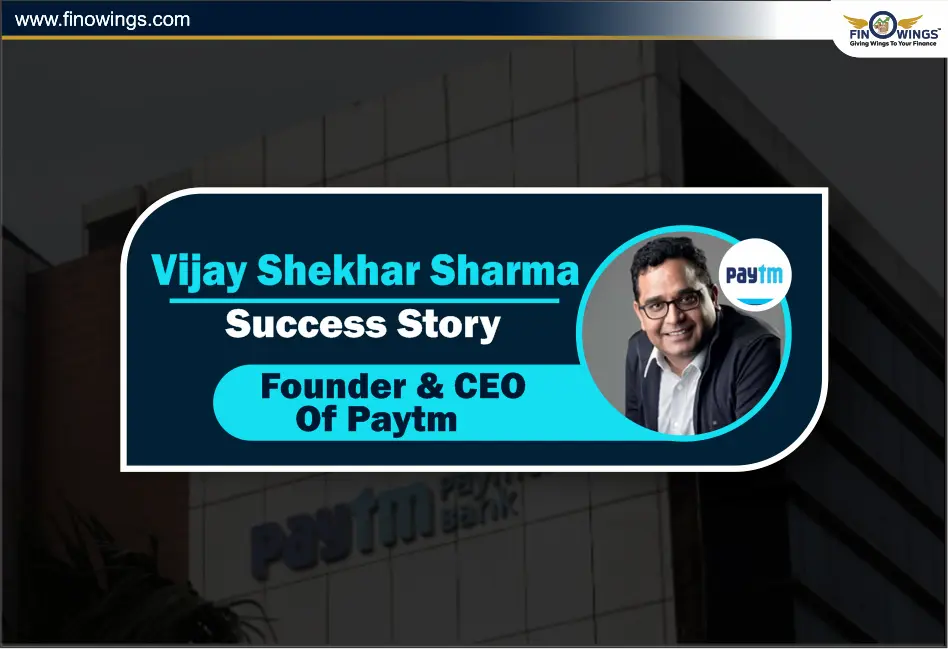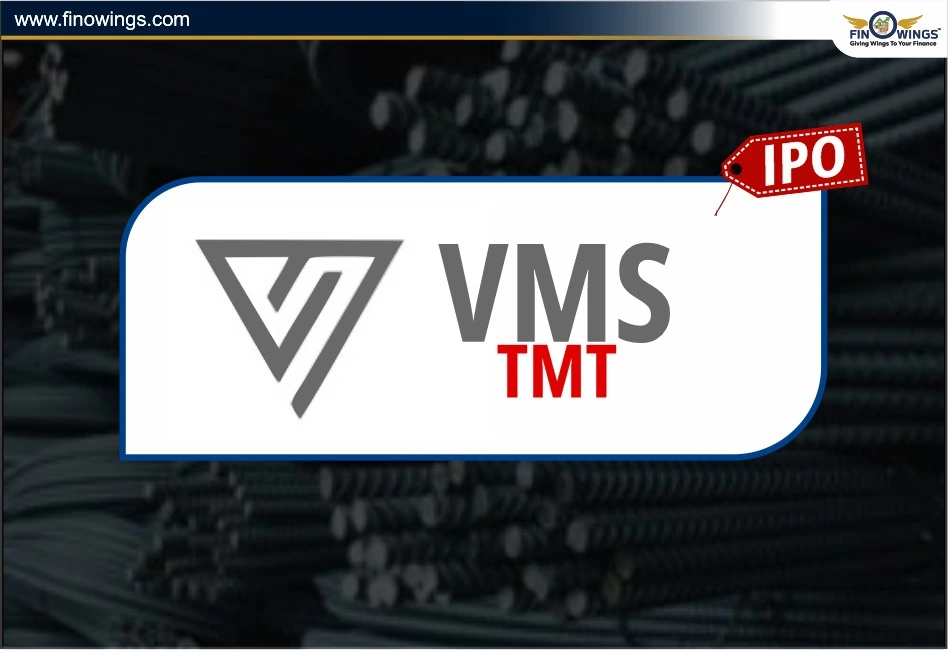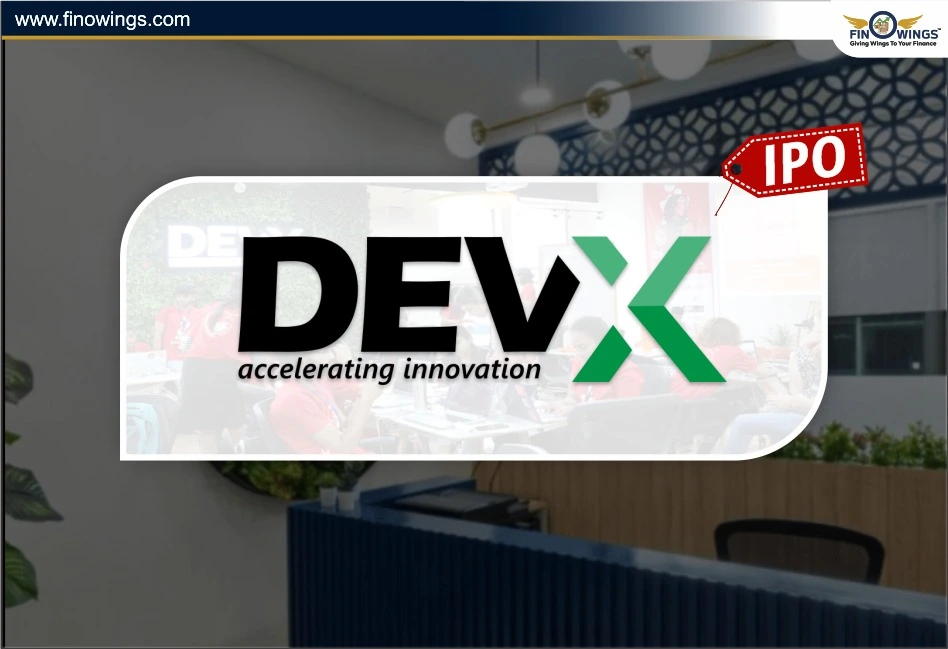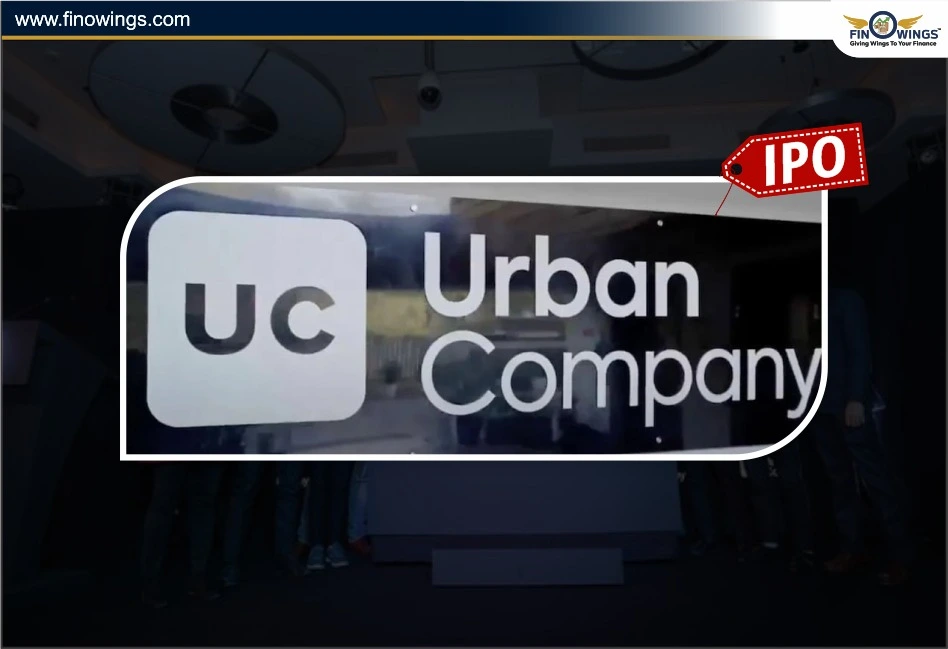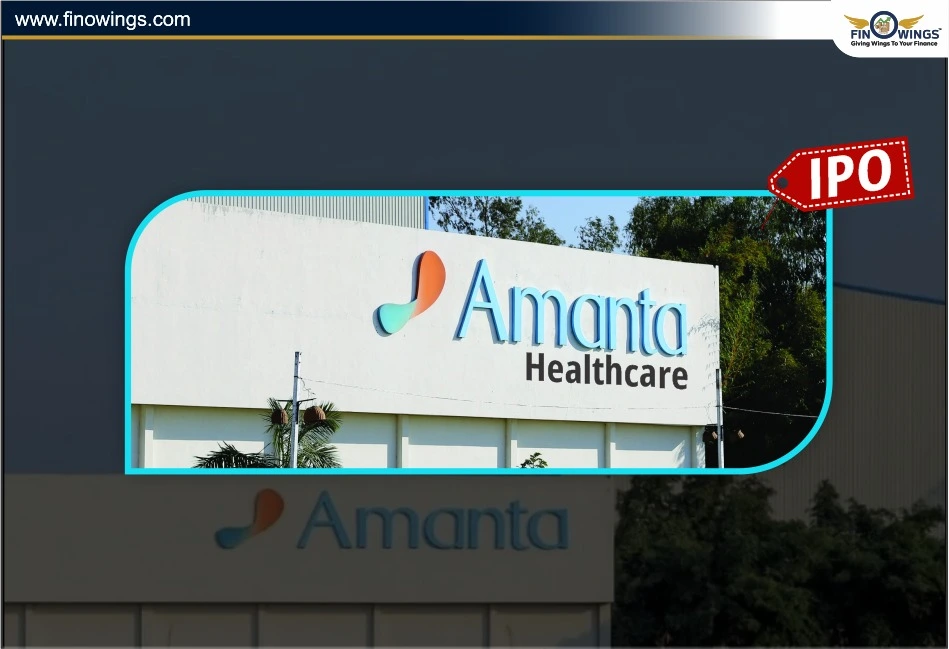Home >> Blog >> Journey of the IPO process
Journey of the IPO process
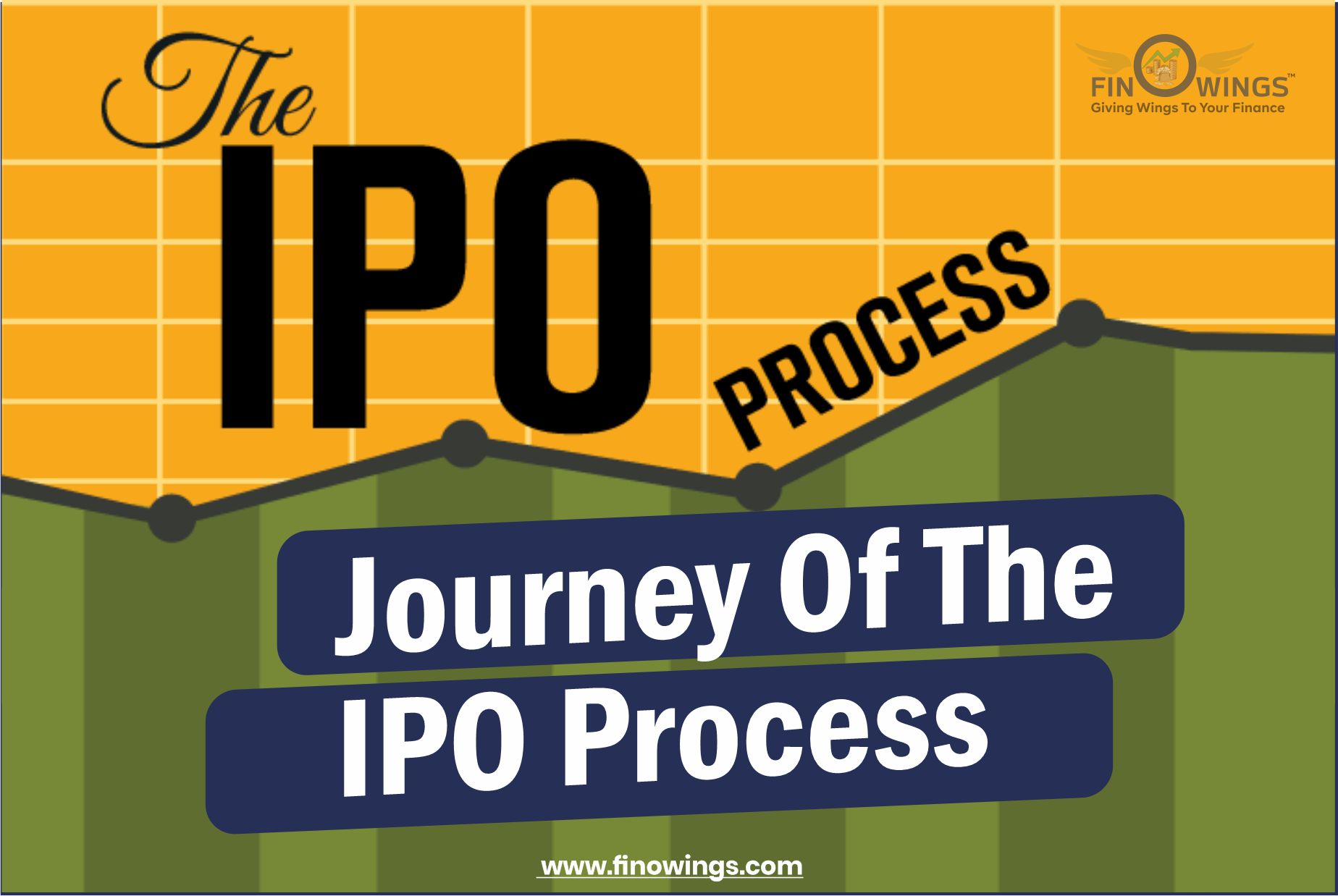
Table of Contents
Journey of the IPO process
A firm can generate funds through an initial public offering (IPO) by releasing stock or equity in a public market. An IPO typically refers to a company's initial stock offering. However, there are methods for a business to IPO multiple times.
The engine of capitalism is the IPO procedure. It enables the investing public to acquire modest shares in several businesses that have expanded significantly and achieved great achievement after becoming public.
Among the main purposes of stock markets is to issue shares through IPOs. A business may raise money for a number of purposes, including funding its growth, allowing early-stage investors to receive a partial return on their investment, or establishing a medium of exchange (including common stock) to acquire competitors.
The major market is the IPO process in India, which permits investors to purchase stock straight from the company. After that, those shares are traded between investors alongside shares that the corporation has already issued in a secondary market.
-
For most individual investors, an initial public offering, or IPO, is their first opportunity to purchase stock in a start-up business.
-
It's an opportunity to make money for insiders and early-stage investors.
-
It gives the business a chance to raise capital for growth and development.
-
A business should make its financial records available for possible investors and financial regulators to review to become public.
-
A more thorough examination of the company's aims and prospects can be found in its prospectus and during its executive "roadshow."
1. Understanding the Need for IPO Process
Through the process of an IPO, a company can transform from a privately held corporation to one that is publicly listed (IPO). Firms generally launch IPOs to obtain capital and gain access to liquidity by selling the public their stocks or shares. However, before their shares can be publicly traded, companies in India must follow the IPO procedure set down by the stock exchanges. This procedure is frequently difficult and drawn out.
2. IPO Process Steps:
Step 1: Employing an Underwriter or Investment Bank
The firm will enlist the aid of financial professionals, such as investment banks, to begin the IPO process. The underwriters act as a middleman between the company and its investors and give the firm assurances regarding the money raised. The specialists also review the firm's critical financial metrics and sign an underwriting contract. Typically, the underwriting contract will include the essential elements:
-
Details of the agreement
-
To be raised, the sum.
-
Information about the securities issued.
Step 2: IPO Registration
The draft prospectus also called the Red Herring Prospectus, and enrolment statement is prepared as part of this IPO process (RHP). The Companies Act requires RHP filing. Therefore, according to the SEBI and Companies Act, all mandatory information is included in this paper. The following are a few of the main components of RHP:
-
Meanings: It includes definitions for terminology used in the industry.
-
Risk Factors: This part discusses the potential issues that might affect a company's finances.
-
Use of Proceeds: This part explains what will be done with the funds received from investors.
-
Industry Description: This part describes the company's operations within the broader industry sector. For example, the part will offer estimates and estimates regarding the sector if the organization is in the IT sector.
-
Business Description: This portion of the company profile will go into depth about the company's primary business operations.
-
Management: Details regarding important management persons are provided in this part.
-
Financial Description: The auditor's report and financial statements are included in this part.
-
Legal and Other Details: This part includes the legal actions taken against the firm.
Three days before the deal's opening to the general public for bids, this paperwork must be filed to the registrar of businesses. Additionally, the completed registration statement must adhere to SEC regulations. Finally, the firm may apply for an IPO to SEBI after filing.
Step 3: SEBI verification:
The market regulator SEBI then confirms the firm's revelation of the facts. The business may reveal a date for its IPO after the application is accepted.
Step 4: Submitting a Stock Exchange Application
Given that the firm wants to float its maiden offering, it must apply for the stock exchange.
Step 5: Using Roadshows to Generate Buzz
The corporation tries to generate interest in the market through roadshows before an IPO opens to the general public. Over two weeks, the company's executives and workers will inform the nation about the impending IPO. This is essentially a marketing and promotion plan to attract potential investors. Business experts and investment managers are just two persons informed of the company's important accomplishments. The executives employ various approachable techniques, including Q&A sessions, multimedia presentations, group meetings, online digital roadshows, and others.
Step 6: IPO pricing
Therefore, the firm has two options for starting the pricing of its IPO: a fixed-price issue or a book binding offer; in a fixed-price offering, the cost of the company's shares is disclosed upfront. A 20% price range is released for the Book Binding Offering; after that, investors may submit bids that fall within the range. The minimum number of shares that must be purchased or the firm's advertised Lot price must be met by investors who want to participate in the auction. The firm also offers the lowest bid price, known as the IPO Floor Price, and the highest bid price, known as the IPO Cap Price. Investors may avail themselves of the chance to revise their bids within the allotted time during the booking period, which is normally open for three to five working days. The corporation will decide the Cut-Off price—the final price at which the issue would be sold—after the bidding procedure.
Step 7: Shares are allocated
Once the IPO price is established, the company and the underwriters will decide how many shares to allot to each investor. If there is an over-subscription, partial allotments will be made.
The IPO shares are normally given to the successful bidders within ten days of the final bid date.
3. Before the initial public offering process is finished, the firm will also take into account the following aspects:
-
Yes, every firm will try to avoid internal investors or insiders from participating in the IPO process.
-
Remember that stock trading by firm insiders can upset the equilibrium between supply and demand.
-
This precaution shields small-scale investors from manipulative offer rates and stops dishonest firm representatives from flogging off overpriced stocks at the expense of larger investors.
-
Additionally, this action supports the market price of shares by preventing further internal selling pressure.
4. Alternatives to a traditional IPO
More businesses have elected to use alternate strategies of going public in recent years rather than the IPO route.
4.1 Direct listing vs. IPO
A private firm can go public through a direct listing, sometimes referred to as a direct public offering, by providing shares directly to investors on stock markets. Direct listings spare the firm the time and expense of an IPO roadshow or IPO underwriter. Small enterprises on a tight budget who wanted to avoid the high fees connected with conventional IPOs typically chose this strategy.
Additionally, direct listings allow stockholders to sell their shares of the firm immediately after it goes public without having to wait the usual holding period associated with an IPO. This can also assist prevent the dilution that could result from issuing new shares. We detail the distinctions between a direct listing and an IPO in a different piece.
4.2 SPAC vs. IPO
A publicly listed buyout firm known as a special purpose acquisition company (SPAC) obtains money through an initial public offering (IPO) to acquire or take control of a business. Whenever a SPAC buys a firm, all fees and underwriting expenses are paid before the target firm is engaged, allowing the company to go public without paying for an IPO.
SPACs continued to go public even after the coronavirus outbreak threw many IPO preparations into a loop. According to one theory, a SPAC is less susceptible to market changes because its value is directly correlated with the sum of money it raises from investors.
5. Traditional IPO vs. SPAC vs. DPO
5.1 Traditional initial public offerings
-
The procedure for a private firm to go public.
-
Publicly offers fresh shares.
-
Secures additional funding from retail investors
-
Calls for an underwriter roadshow, which can be expensive.
5.2 SPAC
-
It is a buyout firm that is publicly traded.
-
Raises money through an IPO
-
Searches for a private firm to purchase that satisfies investment objectives
-
Acquires a private business, which then goes public without incurring IPO costs.
5.3 Direct listing or DPO
-
The procedure for a private firm to go public.
-
Does not use intermediaries when selling shares to the general public.
-
Does not require the use of investment banks, underwriters, or IPO roadshows
-
There are no holding or lock-up periods for investors.
Conclusion
You might decide to invest in IPOs, knowing the steps of IPO and their significance. To further your knowledge of IPO, have a peek at the calendar of upcoming offerings. You will invariably need to put in a lot of effort to make wise financial judgments. This involves picking a dependable and trustworthy financial partner. You must choose a stockbroking company that offers a variety of advantages, including user-friendly trading platforms, a single account for trading various types of investments, no fees for opening or maintaining Demat accounts, top-notch analysis, etc.
Frequently Asked Questions
The Input-Process-Output structure is referred to as IPO. The IPO cycle is the input and output following the processing of the data, as the headline indicates. Individuals must provide input before receiving output, and the input must then be processed to produce the intended result.
6- to 9 months the length of the complicated IPO process is based on a range of variables. It normally takes a firm six to nine months to finish its public debut if the IPO management group is well-organized.
Input-Processing-Output is the meaning of the acronym IPO. The fundamental idea and order of information processing are described in these 3 stages. This approach continues to apply to a wide range of devices, including smartphones and personal computers.
IPOS (input, processing, output, and storage), often known as the data processing cycle, is a sequence of actions that enables a computer to function.




